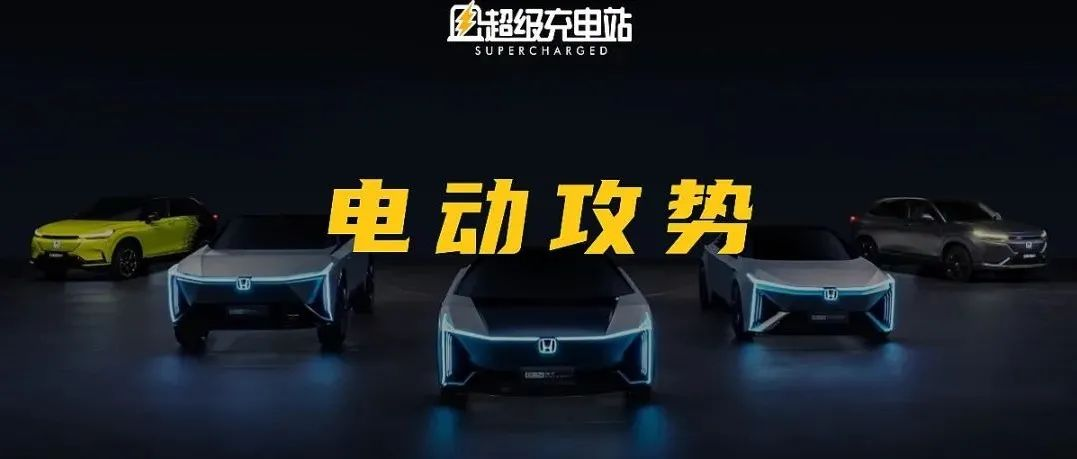James Yang Jianwen
In the past few years, Honda has focused mostly on hydrogen fuel cell cars, positioning itself as a champion of this technology. However, the reality is that adoption of hydrogen fuel has been too slow compared to the widespread adoption of electric cars, leaving hydrogen still in its infancy.
Finally, Honda has realized this and has now redirected their attention to electric vehicles. In April of this year, Honda released its electric vehicle roadmap, which includes a plan to achieve 40% sales of pure electric and fuel cell cars in advanced markets including China by 2030, 80% by 2035, and 100% by 2040.
This confirms Honda’s fundamental strategy to walk on two legs, with electric and hydrogen vehicles both contributing to their portfolio.
But how can Honda, a bit late in their electric vehicle transformation, catch up to the competition? The answer is China.
On October 13th, Honda Motor Co., (China) Investment Co., Ltd. (hereinafter referred to as “Honda China”), Guangqi Honda Automobile Co., Ltd. (hereinafter referred to as “GAC Honda”), and Dongfeng Honda Automobile Co., Ltd. (hereinafter referred to as “Dongfeng Honda”), jointly announced Honda’s electrification strategy in China.
Although this electrification strategy ostensibly targets Honda China, it is actually the beginning of a broader electrification initiative for Honda.
Starting in 2030, all new models launched by Honda in China will be electrified, including battery electric vehicles and hybrids. Honda plans to introduce ten brand new all-electric models within 5 years.
Furthermore, in the area of electric vehicle battery technology, Honda will strengthen its strategic partnership with CATL (Contemporary Amperex Technology Co., Limited) and build a long-term stable supply system by jointly developing high-performance batteries. Not only that, but the fully electric vehicles made in China will also be supplied to overseas markets.
As for intelligent driving, Honda’s latest generation of SENSING 360 advanced driver assistance system will hit the Chinese market in 2022, then will be introduced to global markets, and applied to all Honda models sold in advanced global markets, including China, by 2030.
On the intelligent connected car front, Honda will continue to promote the iteration and upgrade of Honda CONNECT 3.0.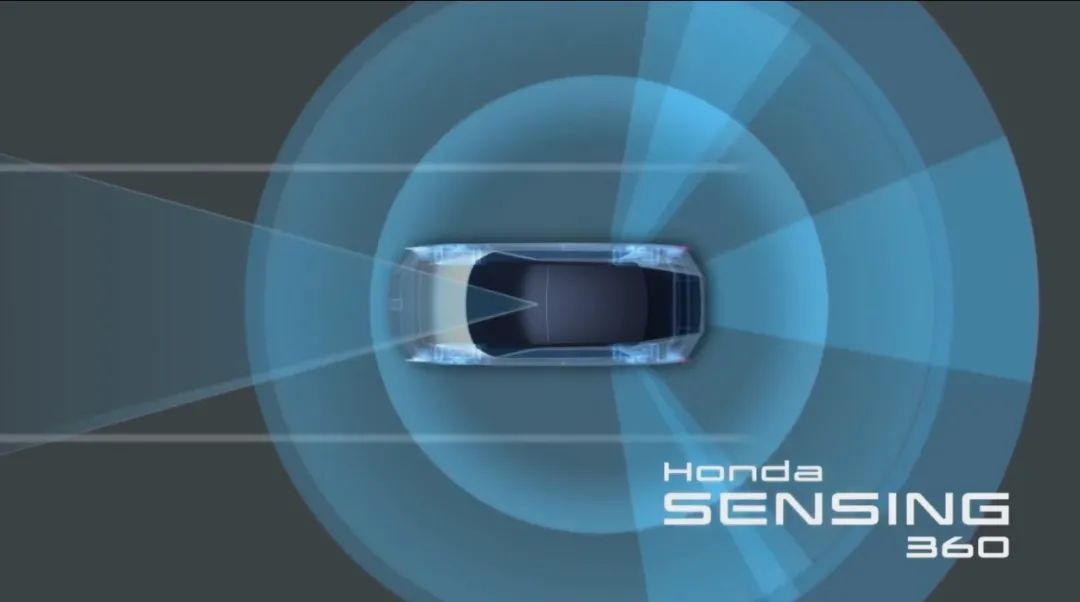
You can see Honda’s “indulgence” in the Chinese market from the above words.
In Honda’s own words: “Honda China will play a crucial role in Honda’s global electrification strategy.”
Honda’s new pure electric brand e:N
Like Volkswagen and Mercedes-Benz, Honda also chose to transform into electrification through a new brand.
e:N, which is Honda’s new pure electric brand e:N. Among them, “e” stands for energize, which is also electric power, and is also a response to Honda’s more-than-70-year-old powertrain manufacturer. “N” stands for New and Next, indicating Honda’s brand transformation towards electrification.
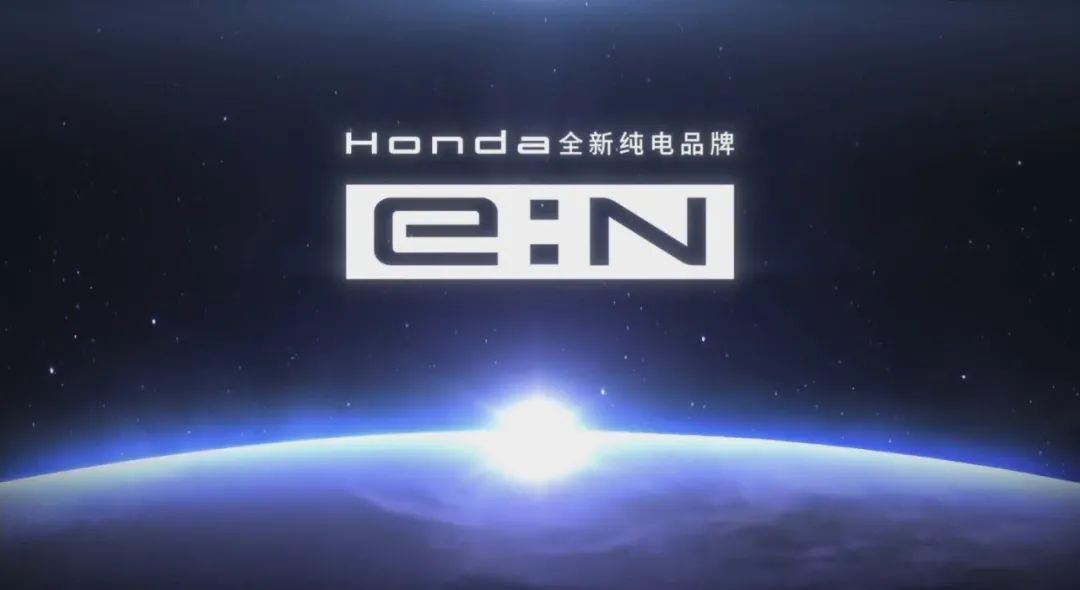
Of course, there’s more.
At this press conference, Honda brought five models directly, including three concept models, namely e:N Coupe concept, e:N SUV concept, and e:N GT concept. These three models will be launched successively within five years.
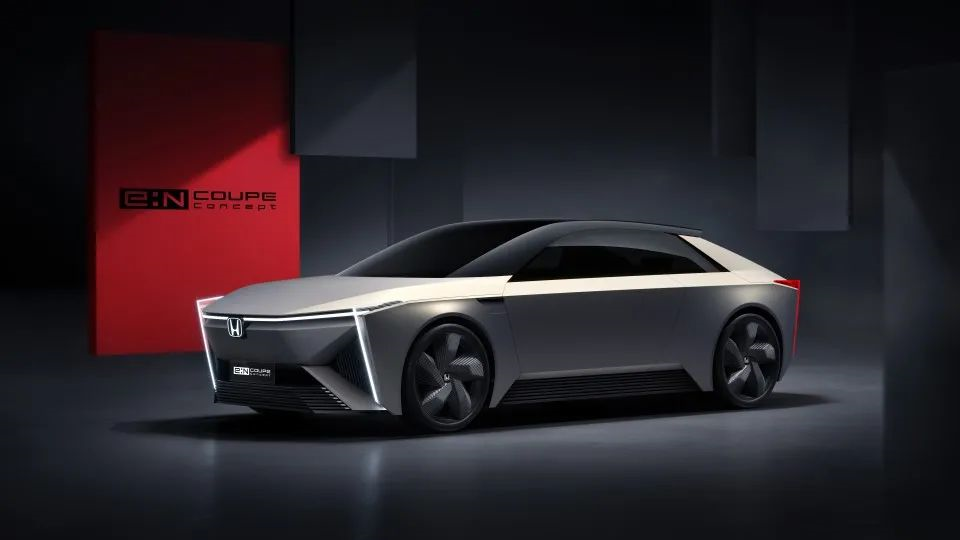
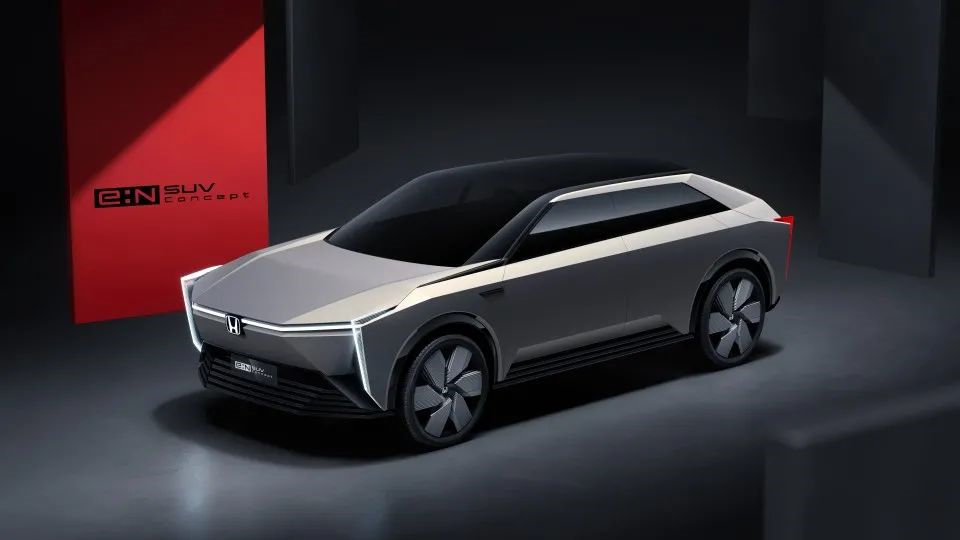

The release of these concept models basically sets the tone for the design of the following e:N brand models.
When I first saw these models, I only had one word and one sentence in my mind: “Cy… Cybertruck?” and “This is the sharp anomaly in the smooth era.”
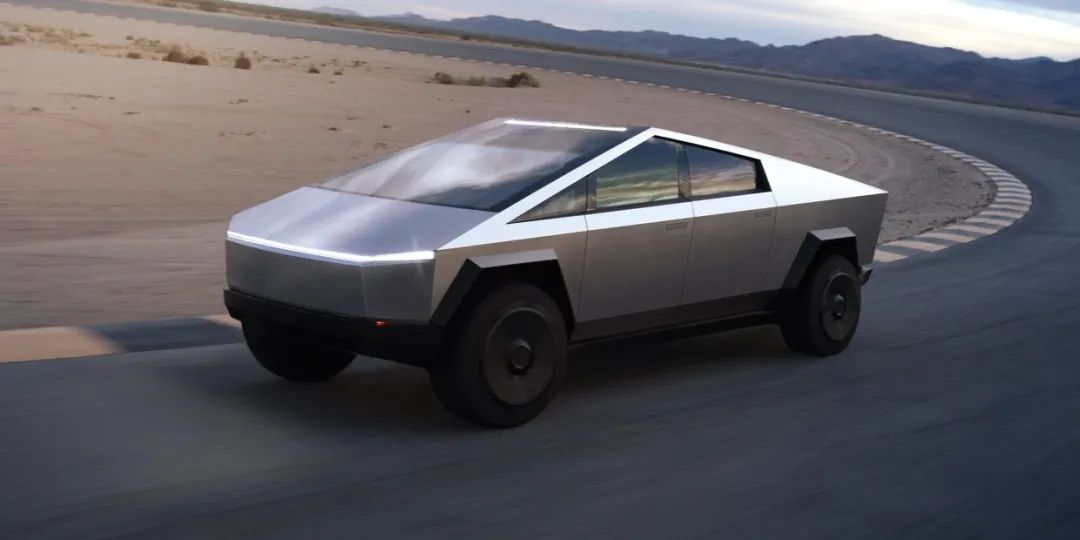
From the appearance, these models have changed Honda’s previous style, with a sharper design and a lot of straight lines, bringing a strong visual impact. However, it is obvious that the wind resistance coefficient has made compromises for this Cyber design. The continuous light strip plus the luminous logo also make the whole car very recognizable, which is indeed impressive.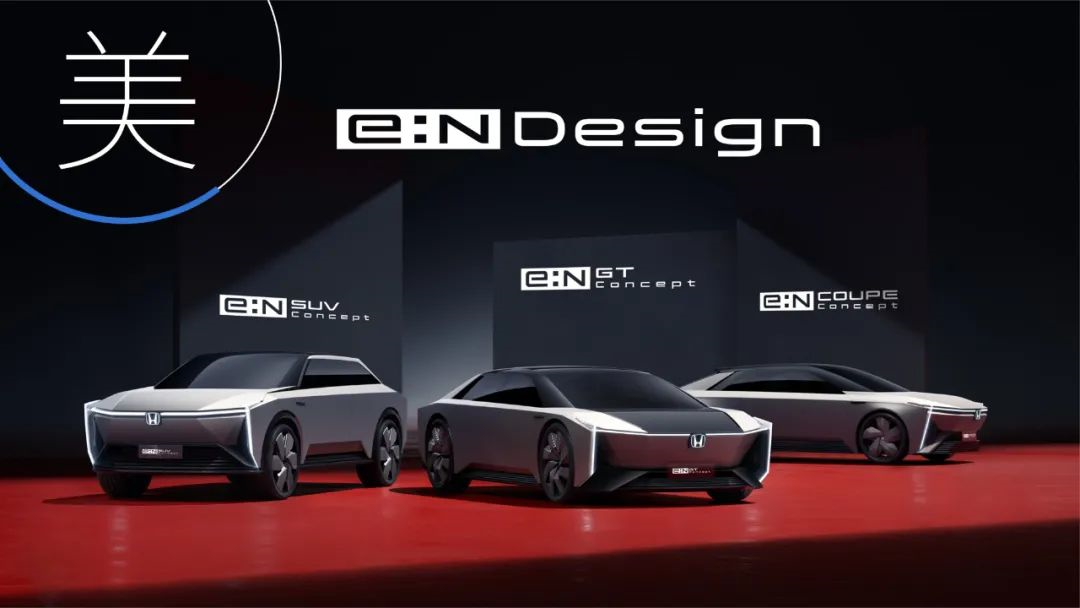
In terms of powertrain, the “e:N” series offers two different drivetrains – “e:N Architecture F” and “e:N Architecture W”. The former is based on front-wheel drive (FWD) and will be used in compact and mid-sized cars, while the latter includes two versions – all-wheel drive (AWD) and rear-wheel drive (RWD), and will be used in mid-sized and large cars.
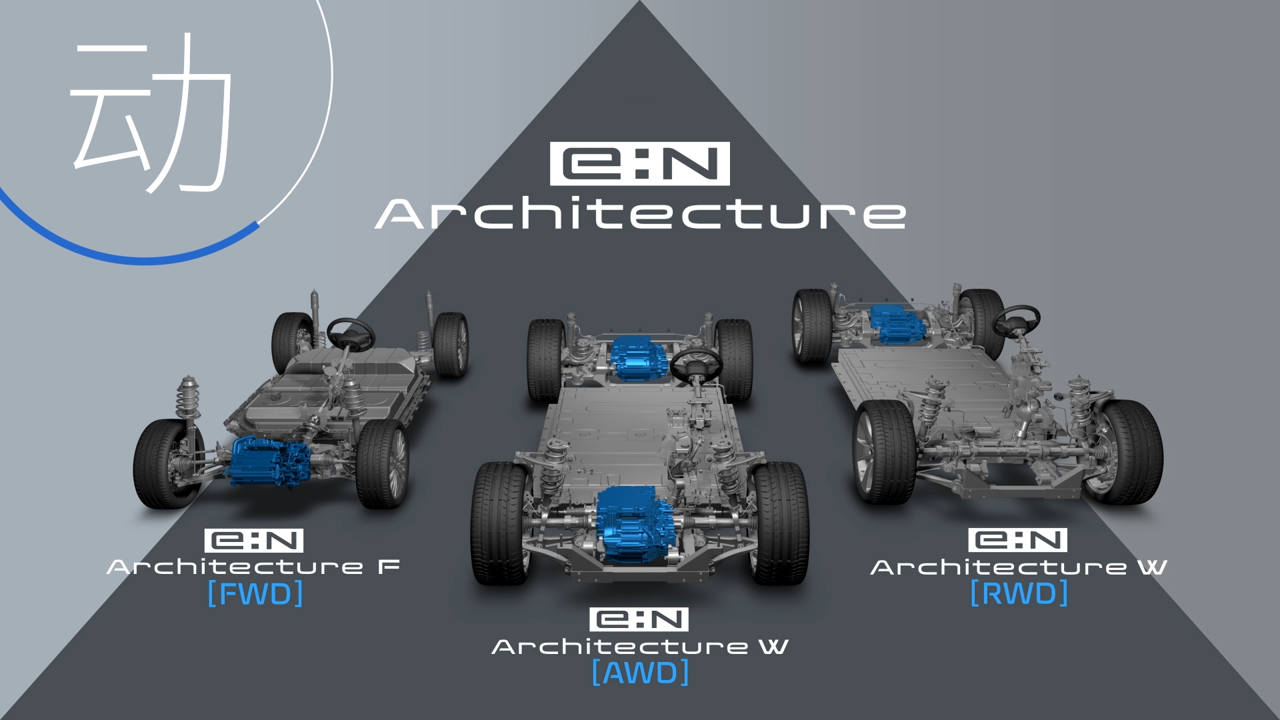
In terms of intelligence, Honda has created a full-stack smart control ecosystem called “e:N OS”, which integrates Honda SENSING, Honda CONNECT, and intelligent digital cockpit. From the demonstration video, Honda will focus on intelligent voice, car operating systems, and will also incorporate Honda SENSING 360 as mentioned earlier.
In terms of production and manufacturing, GAC Honda and Dongfeng Honda will respectively build new electric vehicle factories, with plans to begin production from 2024. In terms of distribution, in addition to relying on 1,200 authorized stores nationwide and creating exclusive “e:N” spaces, Honda will also set up “e:N” exclusive stores in key cities and carry out a variety of offline experiential activities. At the same time, Honda will build a brand new digital platform to achieve zero-distance online experience.
Two Mass-produced Cars
In addition to concept cars, Honda directly presented two mass-produced models at this press conference: Dongfeng Honda e:NS1 and GAC Honda e:NP1.
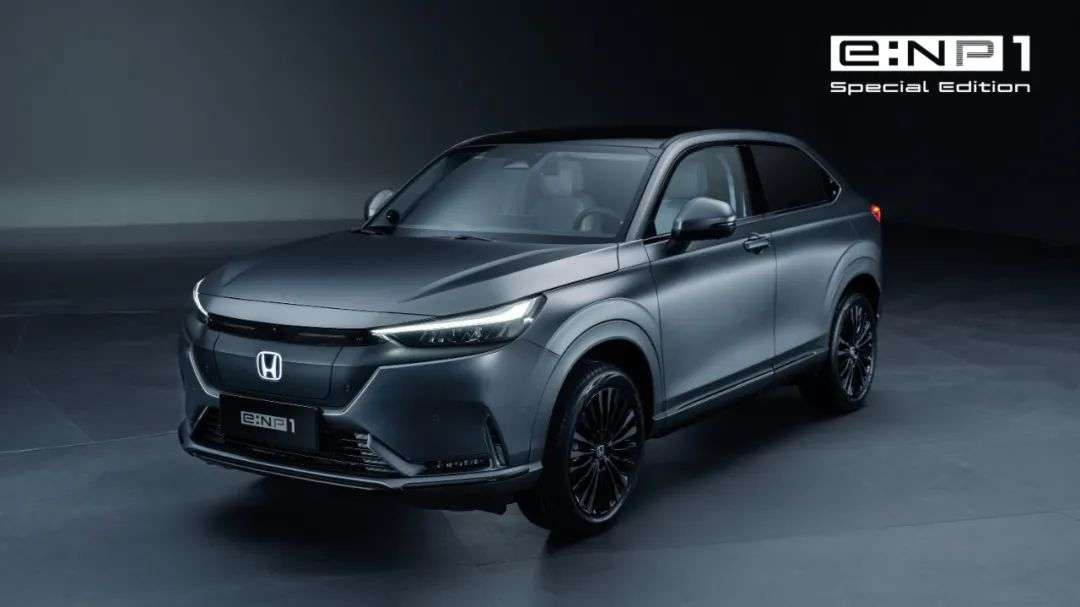
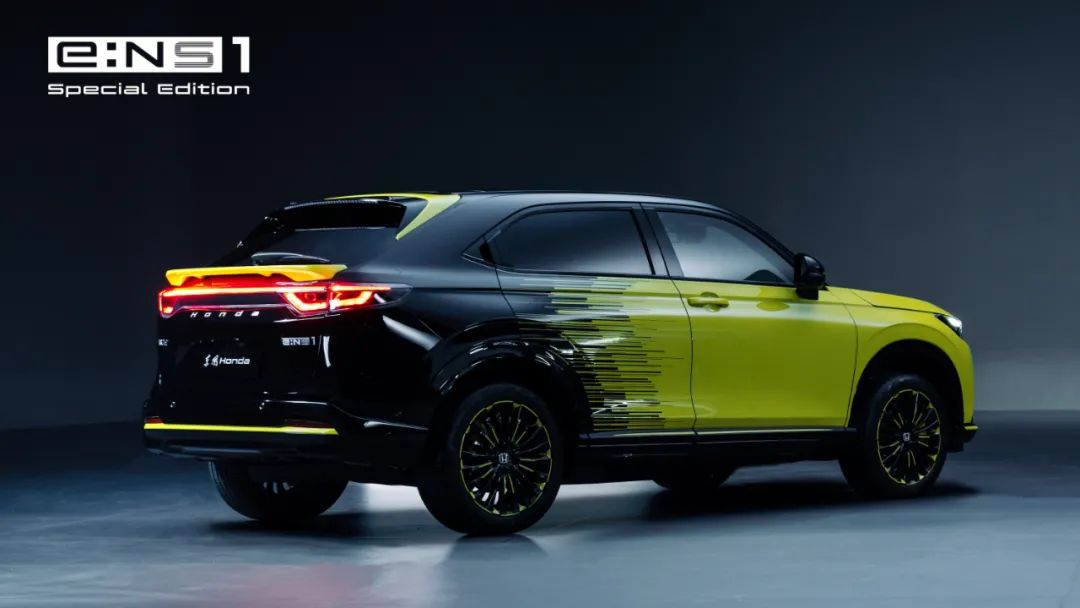
Well, it’s still Honda’s usual “one car, two sales” strategy.
The two new cars are built based on the previously released e:prototype, and the exterior design remains essentially the same.
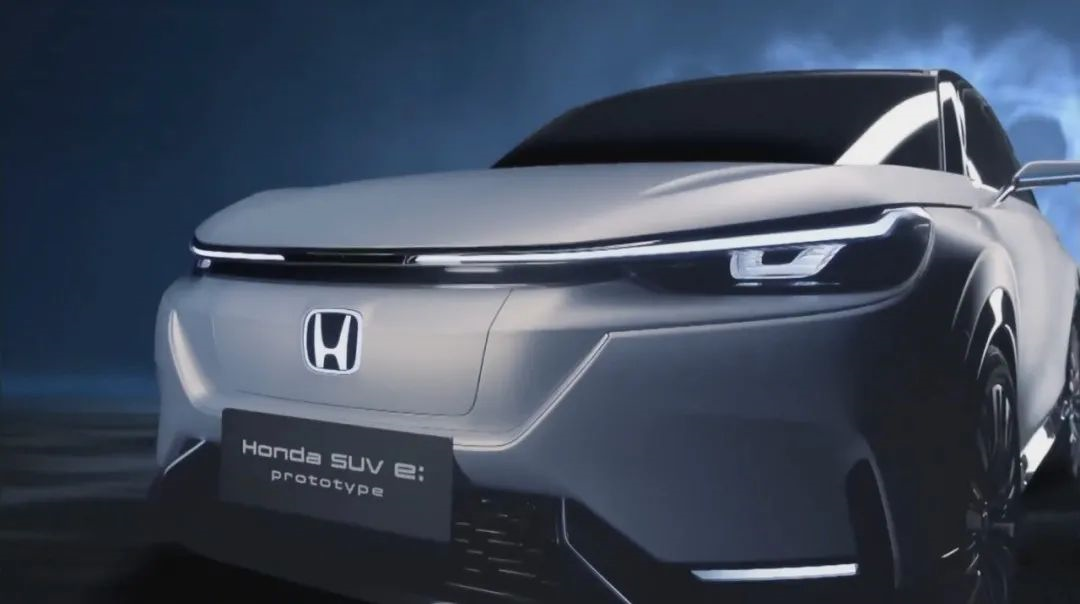
The only known information so far is that both cars will use front-wheel drive, with a maximum range of 500 kilometers+ (this range is not particularly high nowadays).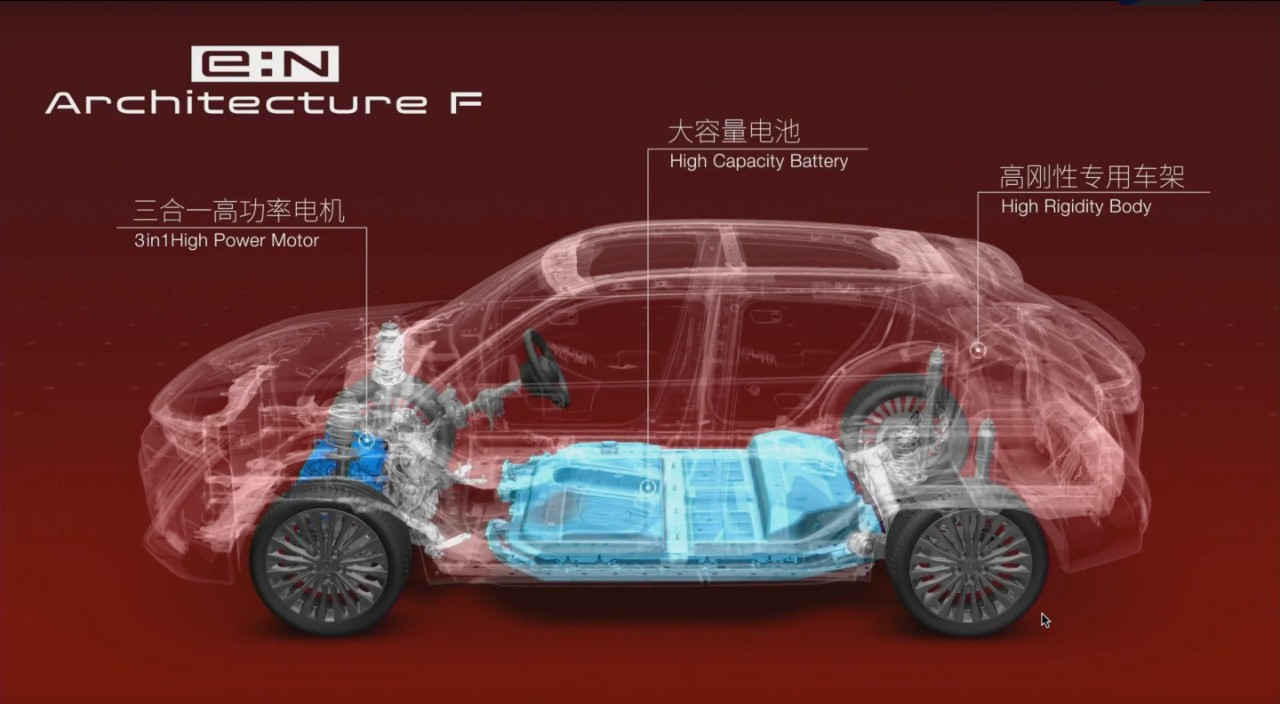
Equipped with a 15.2-inch high-definition ultra-thin border infotainment screen, a 10.25-inch color full LCD digital instrument panel, and more than 20 features including AI voice assistant, car-home interconnectivity, keyless entry, and OTA online upgrade.
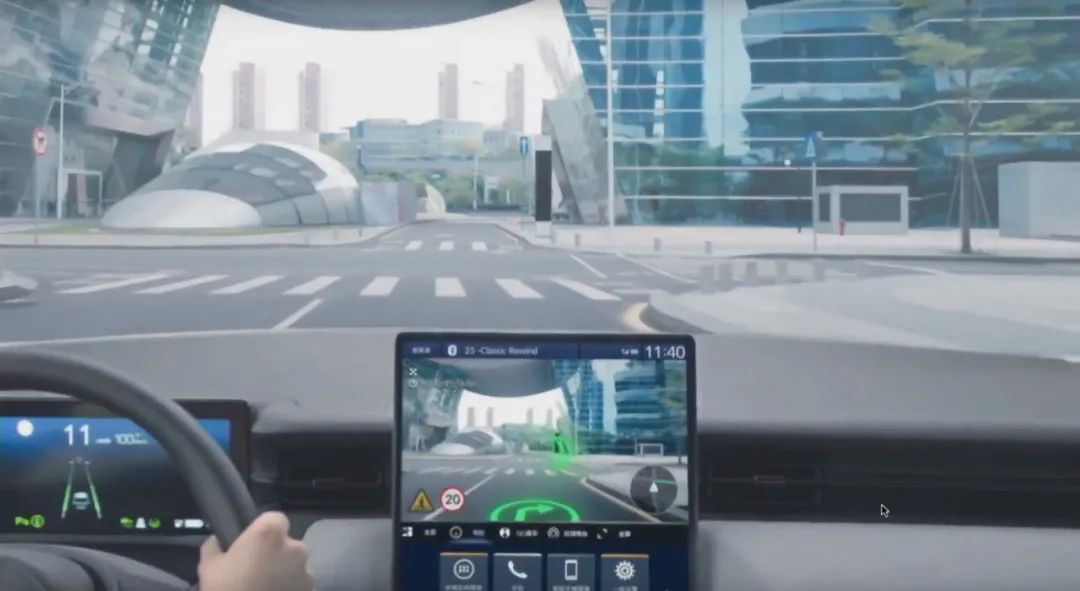
However, from the video display, the UI design of this infotainment system may need further optimization.

These two mass-produced electric vehicle models will be launched in the spring of next year.
According to the plan of releasing ten new models in five years, Honda China will launch two new models every year.
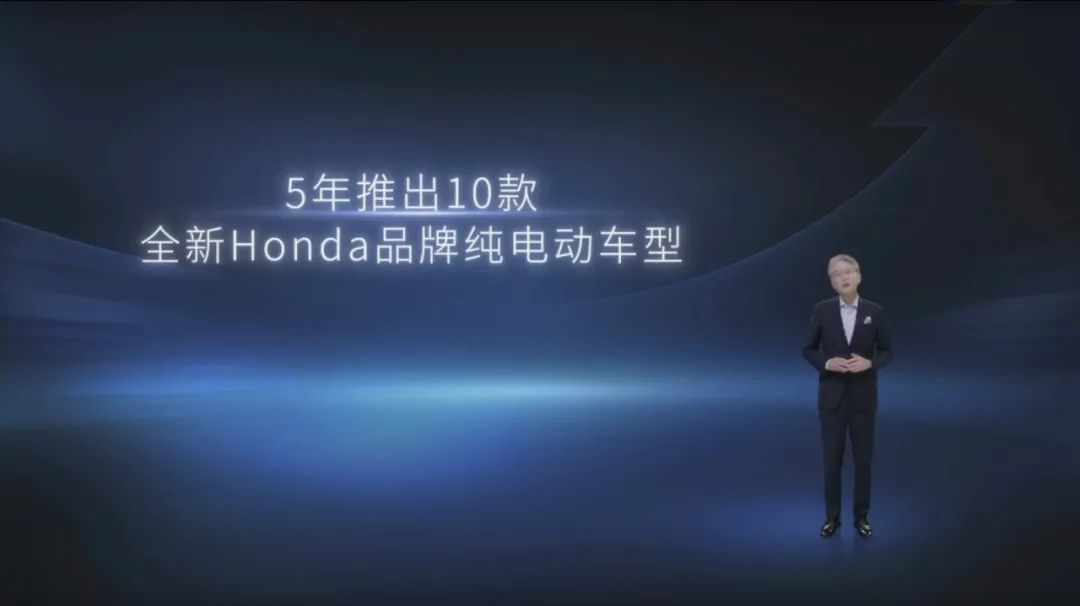
For a traditional giant in transition, Honda’s move is really not slow.
Now, Honda China’s electrification offensive has arrived. Have domestic independent brands figured out how to respond to this challenge?
This article is a translation by ChatGPT of a Chinese report from 42HOW. If you have any questions about it, please email bd@42how.com.
